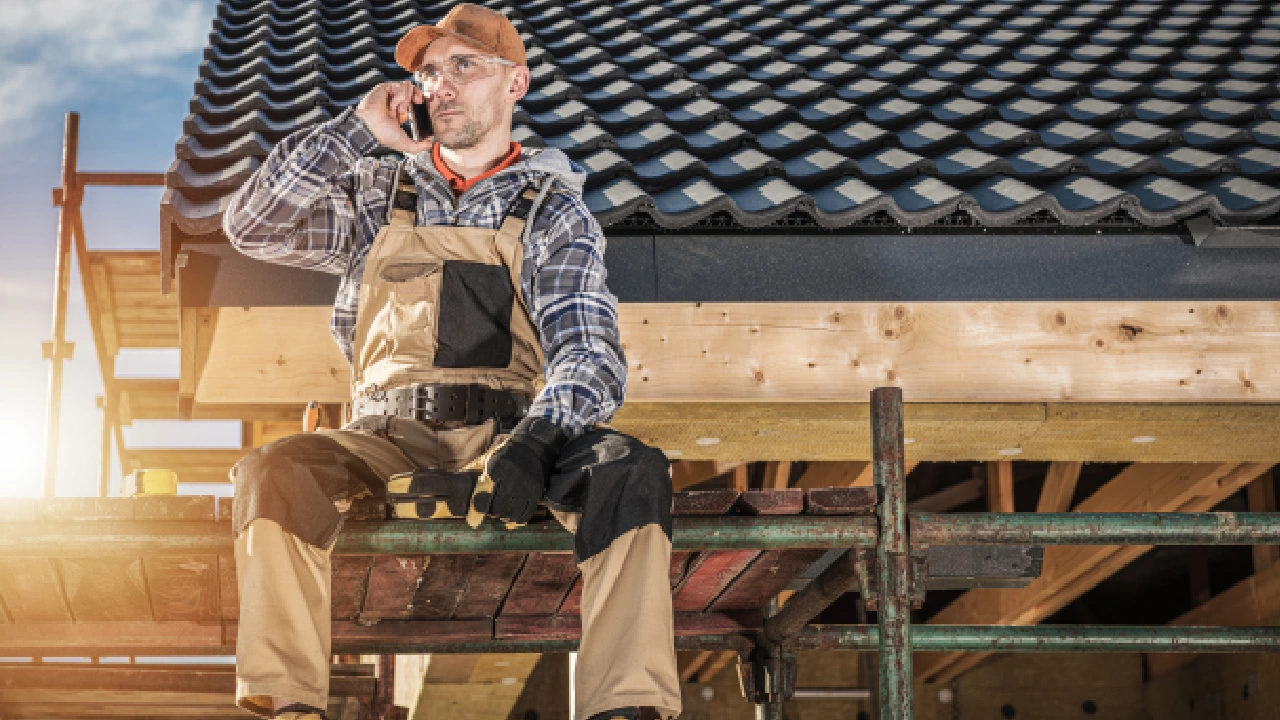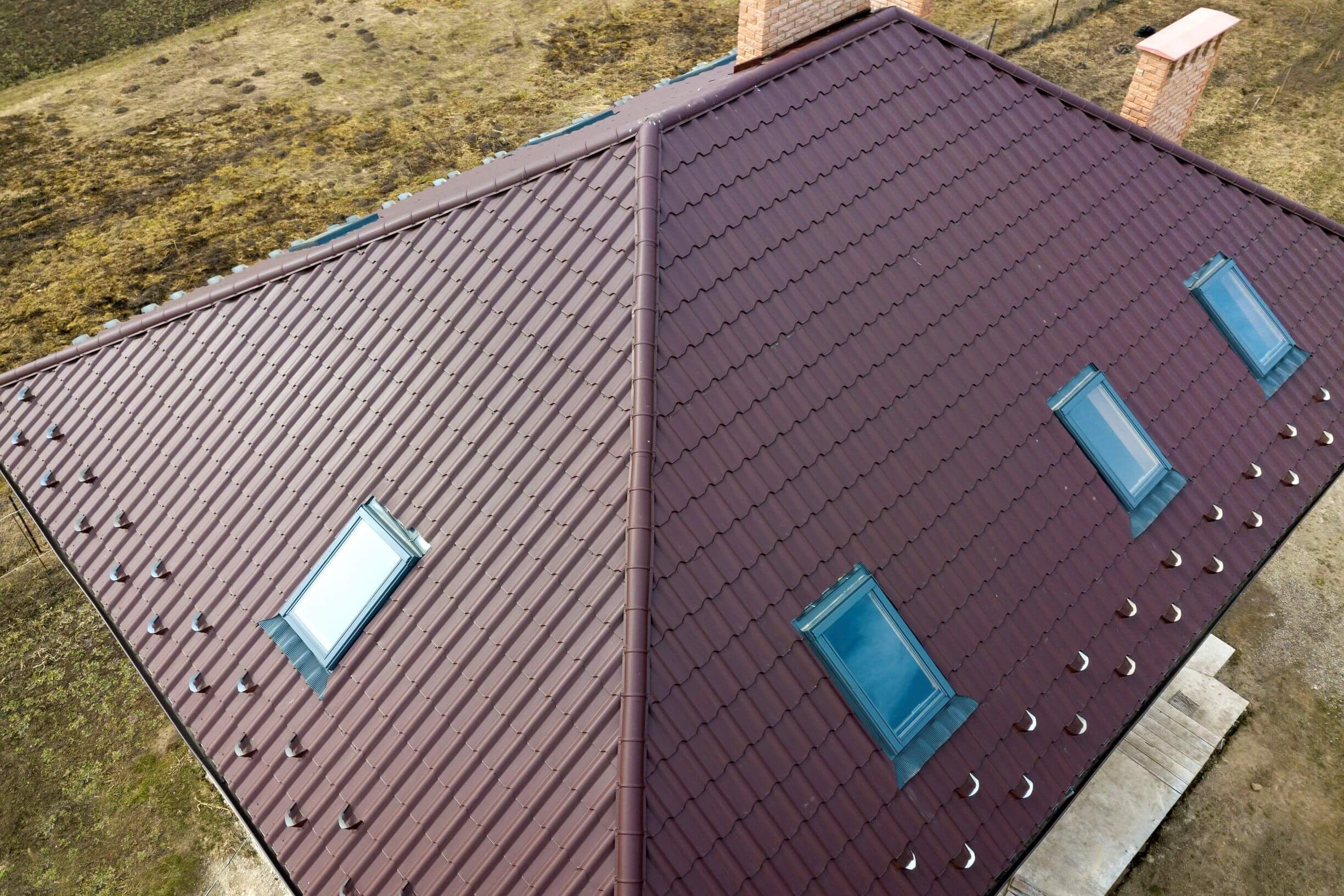Thinking about adding solar panels to your roofing Houston, TX?
With energy costs on the rise, solar panels are a great way to save money and save the environment. Whether you’re looking to go green or save some green, read on to learn how solar panels are installed and how to take care of them.
Solar Panels in Houston
Solar power usage is increasing in Texas, especially within the city of Houston. According to a report from Environment Texas Research and Policy Center, Houston went from 8 megawatts (MW) of solar PV in 2016 to 9.5 MW in 2017. That’s a 19% gain!
Overall, Houston ranked 34th for total solar capacity on the list of 69 surveyed cities in the report. The top Texas city for solar power was San Antonio, at number 6.
Houston has 4.1 watts of solar installed per capita.
And the possibilities are great within Houston. In fact, experts say that Houston could actually generate about 4,605 MW if all available small buildings installed solar panels.
Even 10% of the city’s municipal operations use solar power, including the Hermann Park Zoo and several Bush Airport terminals.
Mayor Sylvester Turner explained the importance of embracing solar power:
Your Content
“Investing in renewable energy helps build a cleaner, healthier, more resilient city, and taking action against climate change.”
How to Install Solar Panels on Your Roof
Ready for a new roofing Houston, TX experience? Install solar panels on your roof. Here’s how:
1) Engineer Visit
Once you sign your solar contract, your home will be inspected by an engineer. They’ll check your home’s electrical system, make sure your roof is structurally sound, and ensure everything will work with your solar panel roofing Houston, TX system.
Sometimes the engineer will work directly for your installer, and other times, they could be independent contractors provided by the installer.
In some cases, you may need to upgrade your electrical panel to work with your new solar panels. The engineer will let you know if you do. This is because some solar panels require more amps of current, so your electrical box needs to be able to keep up.

2) Paperwork
The next step is filling out the paperwork. Most of this paperwork is, thankfully, handled by your installer. However, it’s always a good idea to look over any roofing Houston, TX paperwork so you’re aware of what’s going on.
Typical steps in this process include applying for state and federal solar incentives, government rebates, local solar programs, solar renewable energy certificates (SRECs), and clean energy financing programs.
Your installer will also apply for any necessary permits at this stage.
3) Order Equipment
At this point, you should have already decided what type of solar panels you need with your installer.
If you’re still not sure, ask your installer. They can give you advice and help you choose solar panels perfectly tailored to fit your home and energy needs.
The installer will then order your equipment, which should arrive the day of your installation.
If possible, it’s best to try to get your solar panels installed in the winter, when solar companies aren’t as busy.
4) Prep Your Roof
It’s the big day: installation day!
Your installer will prep your roof and ensure all shingles are attached properly. Then they’ll install electrical wiring and connect it to your power system and electrical panel.
5) Install Racking
At that point, your installer will lay out where the solar panels are going to go by deciding the locations of the stanchions that will hold the panels in place on your roof.
These stanchions (aka racking) will support your panels. This is the only piece that will actually be attached to your roof. The installer will screw in the stanchions into roof rafters as well as double-check that the stanchion flashing fits beneath your roof shingles. This will prevent leaks.
They will then fasten the rails to the stanchions with bolts and tighten them before taking some measurements on the rails.
If you’re doing this yourself, note that you should measure diagonally from the end of the upper rail to the end of the lower rail. Do it once more to measure the opposite diagonal distance. If the two are equal, then you’re doing great! If not, adjust one of the rails to make them more equal before proceeding.
Finally, install the middle rail and make sure it’s aligned with the others.
6) Place Panels
At this stage, the installer (or you) will place your solar panels onto the racking.
7) Install Inverters
The wiring will be run up to each solar panel. Then an inverter is installed beneath each panel, wiring in a parallel fashion.
This will convert direct current (DC) to alternating current (AC).
Then, your installer should use a grounding wire to secure the whole system. They’ll connect wiring from one solar array to the next before setting the solar panel onto the stanchions, snapping together the connections, and screwing the remaining clips to the rails to secure everything.
Note that getting a new electrical panel may add several hours to your install.
To finish up, your installer will extend your solar panel wires through a new electrical meter and into an electrical sub-panel. Note that getting a new electrical panel may add several hours to your install.
And that’s it! You’re all done.
Hire the Best Roofing Houston Tx Contractors at Guardian Roofing
Ready to get your roof services in good working order or install some solar panels? Call Guardian Roofing today at 832-998-3458 or click below to contact us online.





